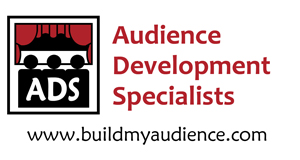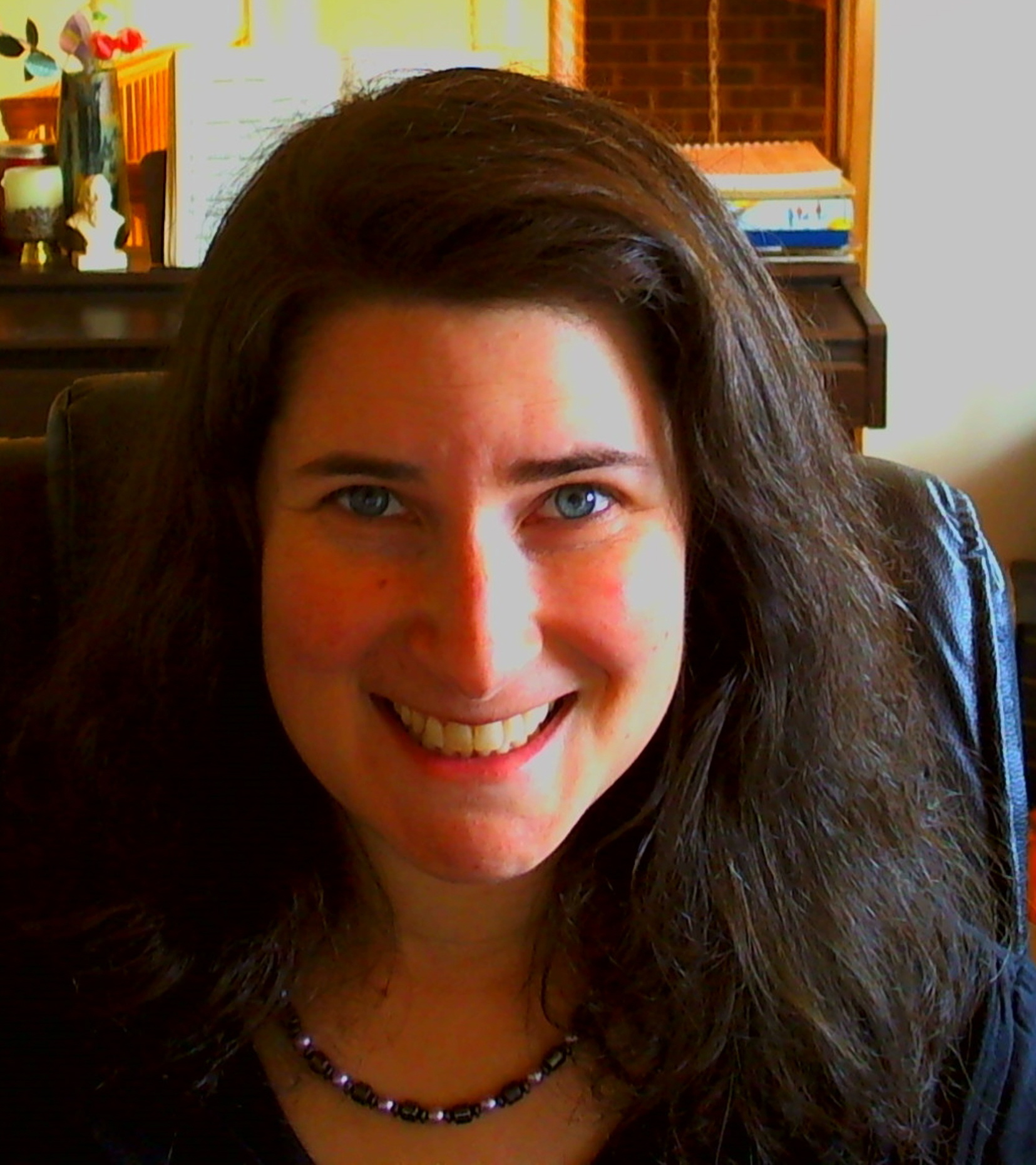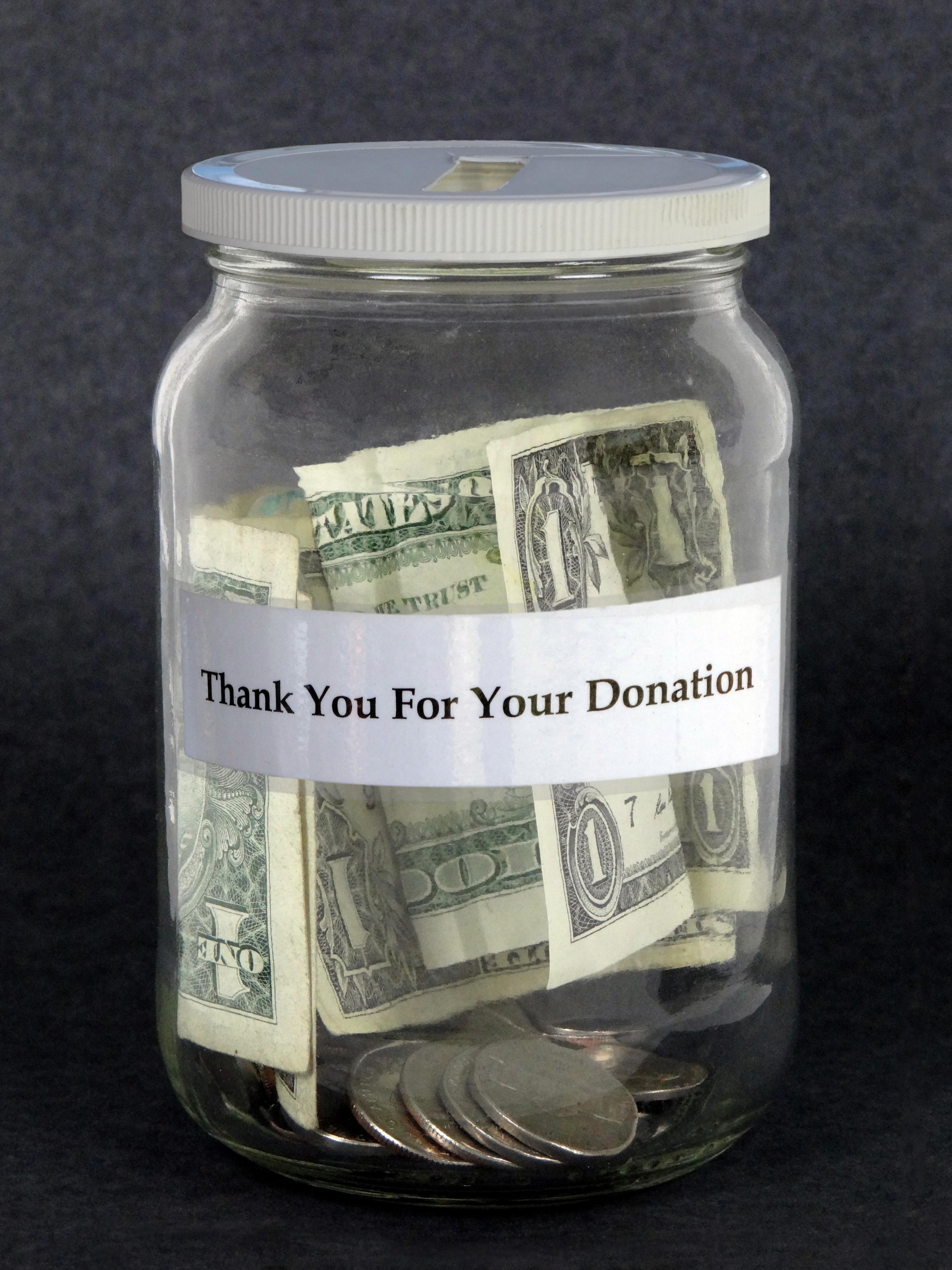There is a tiny little debate happening, although it might have been caused by a misunderstanding. It has been brought up that sometimes we need to look at the programming, if (and there it is, if) the programming is no longer selling. We also have to look at the marketing messages and branding, the audience development planning (or perhaps lack of), the pricing, the presentation, the placement (dates), etc., etc. Everything that is a component of the art and selling of the art needs to be considered if an event/work is not selling.
You can’t simply blame it on bad marketing, although this could be the simple answer if bad marketing is at hand and found to be the only culprit.
You see, the world is changing and has changed. What was in demand years ago is not what is in demand now. If the art of old was still in high demand, we wouldn’t be having these conversations. Arts organizations would not be going bankrupt. The ones that still seem to be in the game are doing more than simply changing their marketing. They are also changing other parts of the art, like presentation, programming and adding audience development plans.
When it comes to selling art, it is never so simple because art is subjective, not objective. If it were that simple, we would be able to do all the right things marketing wise and be guaranteed awesome audiences, but sometimes this is not the case.
Programming seems to be a delicate issue since so many people love the art forms just the way they have been for years. It also depends on your mission and making sure you do not stray from your mission too far. However, expanding your horizons in programming can be a smart move. Programming new plays and music, when considered carefully, could appeal to both current and new audiences, and think about how grateful the composers and playwrights of today would be if we did! Hosting a new art exhibit by an up-and-coming artist may be just the ticket to attracting a more diverse audience base. Collaborating in new and wonderful ways can make your programming fresh again. The best combination is adding amazing marketing and even more awesome audience development planning to your well thought out programming.
Lastly, maybe you need to start with your audience to make sure your programming is what they really want too. Your audience both current and potential will let you know. In any case, programming along with marketing and audience development planning needs to be taken into account if your arts business is suffering. You might find out that your programming is not the problem for obtaining new and broader audiences. You might find out that your inability to expand may be exactly your problem.
Everything needs to be considered now for good audience development. Everything should be evaluated to find out which part of the equation is and is not working for you. Devoting to only one piece of the puzzle will not achieve a full and diverse audience. It most certainly will not help you to obtain a happy and loyal one either.
Cheers to happy and loyal audiences,
Shoshana
Shoshana Fanizza
Audience Development Specialists
https://www.buildmyaudience.com
“Never treat your audience as customers, always as partners.”
~James Stewart
Although we are not a non-profit, if you would like to support ADS to continue our work, you can donate here.





